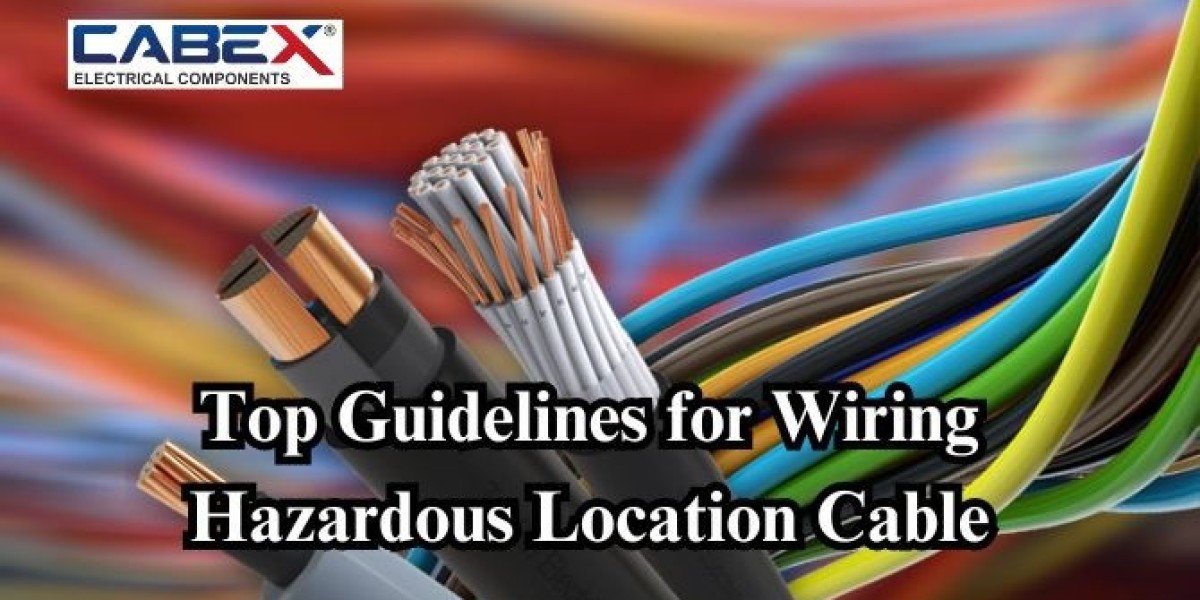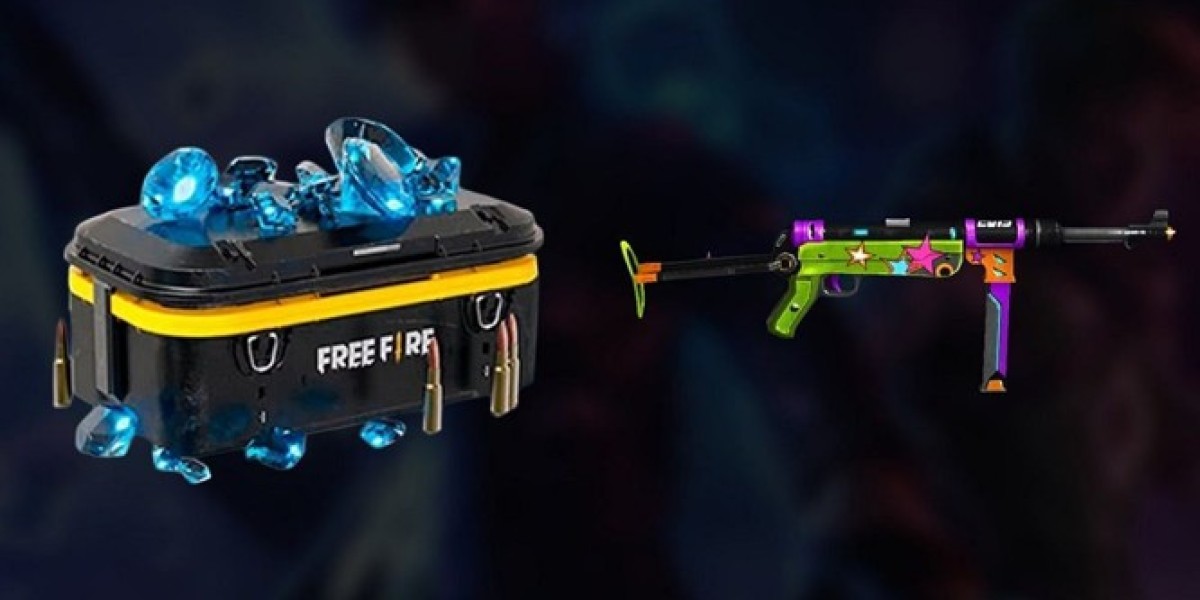Introduction
When it comes to wiring in hazardous locations, safety is paramount. Hazardous locations are areas where there is a risk of fire or explosion due to the presence of flammable gases, vapors, or dust. To ensure safety and compliance with regulations, it’s crucial to use the right cables and follow proper wiring guidelines. This article provides comprehensive guidelines for wiring Hazardous Location Cable, focusing on the specific requirements for explosion-proof cables and installations.
Understanding Hazardous Locations
Hazardous locations are classified into different categories based on the type and frequency of the hazardous materials present. These categories include:
- Class I: Locations where flammable gases or vapors may be present in sufficient quantities to create an explosive mixture.
- Class II: Locations where combustible dust may be present in sufficient quantities to create a hazardous condition.
- Class III: Locations where easily ignitable fibers or materials are handled, manufactured, or used.
Each class has specific requirements for wiring and equipment to ensure safety. For hazardous locations, explosion-proof cables and fittings are essential to prevent ignition of hazardous materials.
Explosion-Proof Cables: An Overview
Explosion-proof cables are designed to contain any explosion that might occur within the cable and prevent it from igniting the surrounding hazardous atmosphere. These cables are crucial for ensuring safety in environments with explosive gases, vapors, or dust.
Key Features of Explosion-Proof Cables:
- Insulation: High-quality insulation materials are used to withstand extreme conditions and prevent electrical faults.
- Jacket: The outer jacket of the cable is typically made of materials resistant to chemicals, heat, and abrasion.
- Conductor: Conductors are often made of copper or aluminum and are designed to handle the specific electrical load of the installation.
Wiring Guidelines for Hazardous Locations
Understand the Classification: Before starting the installation, determine the hazardous location classification. This will guide you in selecting the appropriate cable and equipment.
Choose the Right Cable: Select explosion-proof cables that meet the standards for the hazardous location. Ensure the cables are rated for the specific type of hazardous materials present. Common standards include the National Electrical Code (NEC) and the International Electrotechnical Commission (IEC) standards.
Use Approved Components: All components used in the wiring system, including connectors, junction boxes, and fittings, must be approved for use in hazardous locations. Ensure that these components are certified for the specific classification of the hazardous area.
Installation Techniques:
- Cable Routing: Route cables away from areas where they might be subject to physical damage or exposure to extreme temperatures. Use cable trays or conduits designed for hazardous locations.
- Sealing and Termination: Proper sealing and termination of cables are crucial. Use explosion-proof fittings and connectors to ensure that no hazardous materials can enter the cable system.
- Grounding: Proper grounding of the cable system is essential to prevent electrical faults and ensure safety. Follow the grounding guidelines specific to hazardous locations.
Inspection and Maintenance: Regular inspection and maintenance of the cable system are vital to ensure ongoing safety. Check for signs of wear, damage, or corrosion, and replace any damaged components immediately.
Compliance with Regulations: Adhere to local and national regulations regarding hazardous locations. This includes following guidelines set forth by the NEC, IEC, and other relevant standards.
Documentation: Maintain accurate records of the installation, including cable specifications, installation procedures, and maintenance logs. This documentation is essential for ensuring compliance and for reference during inspections.
Common Mistakes to Avoid
Using Non-Certified Equipment: Always use equipment and cables that are certified for hazardous locations. Non-certified equipment can pose serious safety risks.
Improper Installation: Incorrect installation of cables and components can lead to system failures and safety hazards. Ensure that all installation procedures are followed meticulously.
Neglecting Maintenance: Regular maintenance is crucial to the longevity and safety of the cable system. Neglecting maintenance can lead to undetected faults and potential hazards.
Ignoring Grounding Requirements: Proper grounding is essential for preventing electrical faults and ensuring safety. Ensure that all grounding requirements are met.
Conclusion
Wiring in hazardous locations requires careful consideration and adherence to strict guidelines to ensure safety and compliance. By understanding the classification of hazardous locations, selecting the appropriate explosion-proof cables, and following proper installation and maintenance procedures, you can effectively manage the risks associated with hazardous environments. Always stay informed about the latest standards and regulations to ensure the highest level of safety in your installations.
For further information on Hazardous Location Cable and compliance standards, consult with experts in the field and refer to industry guidelines and codes.









